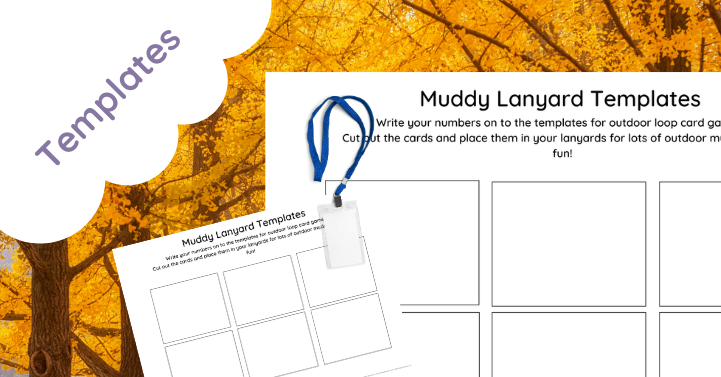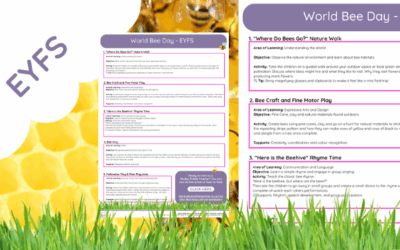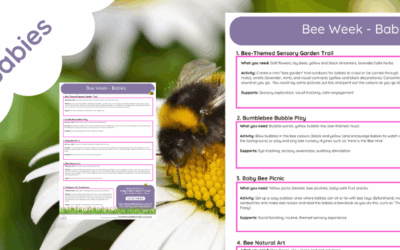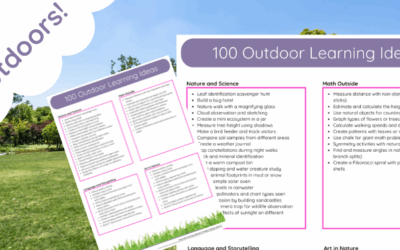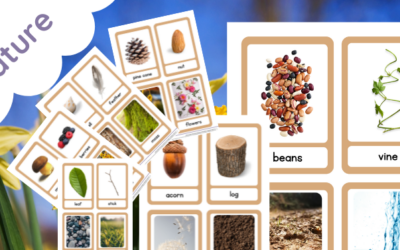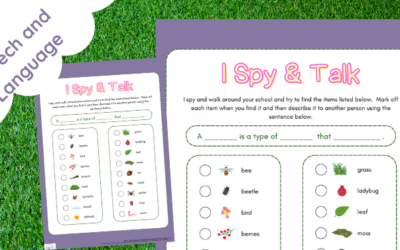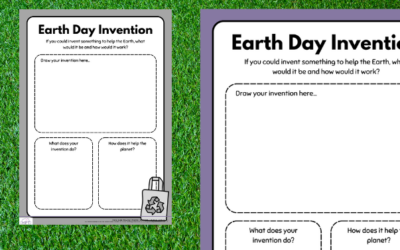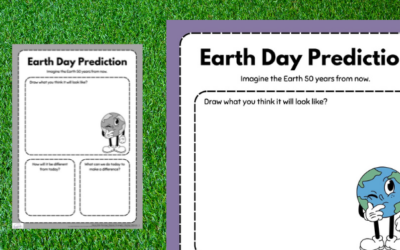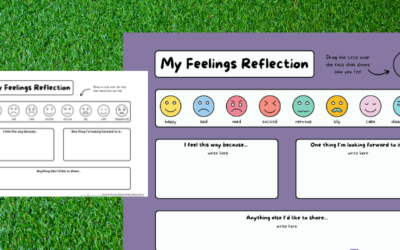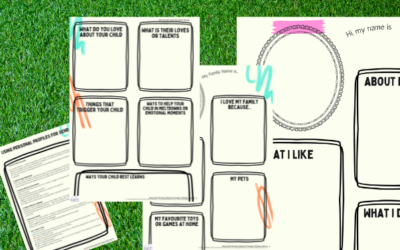Outdoor Ideas for Food Chains – A Hands-On Approach to Learning Science Teaching food chains is a vital part of the...
World Bee Day EYFS
May 21, 2025
World Bee Day EYFS Resource Pack Buzz into nature-based learning with our World Bee Day activity pack – created just...
World Bee Day (Babies)
May 21, 2025
Bee Day Lesson Plan Ideas for the Baby Room A buzzing bundle of baby-safe sensory fun for World Bee Day! Celebrate...
Outdoor Learning Ideas (Ropes) KS1
May 17, 2025
Practical, playful and curriculum-linked outdoor learning for Key Stage 1 Bring outdoor learning ideas to life with...
Outdoor Learning Ideas using Ropes (EYFS)
May 17, 2025
Outdoor Learning Ideas Using Ropes (EYFS) is a practical and engaging resource designed to support early years...
10 Outdoor Valentines Day Lesson Ideas
May 4, 2025
10 Outdoor Valentine’s Day Lesson Ideas Celebrate kindness, connection, and creativity – the muddy way Bring the...
10 Outdoor VE Ideas – KS1
May 4, 2025
Bring history to life with nature-based learning! This downloadable resource offers 10 Outdoor VE Ideas - KS1 designed...
10 Outdoor Ideas for VE Day – EYFS
May 4, 2025
10 Outdoor Ideas for VE Day – EYFS Celebrate VE Day the muddy way! This unique collection of 10 Outdoor Ideas for VE...
100 Outdoor Learning Ideas
Apr 27, 2025
100 Outdoor Learning Ideas: Spark Curiosity, Adventure, and Discovery! Step outside and transform any outdoor space...
Year 1 Punctuation (Rope Method)
Apr 15, 2025
Year 1 Punctuation Power Pack Make punctuation pop with fun, hands-on learning! Bring the basics of punctuation to...
Nature Flash Cards (Outdoor Learning) – Non-Verbal Cue Cards
Apr 10, 2025
Nature Flash Cards – Outdoor Learning EditionSpark curiosity and build vocabulary with every step outside! Make every...
Outdoor Learning I Spy & Talk
Apr 10, 2025
Outdoor Learning “I Spy and Talk”Build language, observation, and connection through nature play. Turn every outdoor...
Environment Science Project
Apr 10, 2025
Inspire eco-awareness and outdoor learning with every page. Designed to complement your outdoor curriculum, the...
Outdoor Learning Emotions Intervention
Apr 10, 2025
Outdoor Learning Emotions InterventionNurture emotional growth in nature’s classroom. Support children’s emotional...
Earth Day Invention
Apr 6, 2025
🌍 Earth Day Invention Worksheet – Imagine a Better Planet Unleash your learners' creativity and environmental...
Earth Day Predictions
Apr 6, 2025
🌍 Earth Day Predictions Sheet – Inspire Future Thinking and Environmental Curiosity Encourage young learners to think...
Feelings Reflection Sheet
Apr 5, 2025
My Feelings Reflection Sheet – A Safe Space to Understand and Express Emotions Help children with SEND develop...
One-Page Profiles for SEND
Apr 5, 2025
One-Page Profiles for SEND🧩 Quick to read. Powerful in practice. Our One-Page Profiles for SEND are a must-have tool...
New In
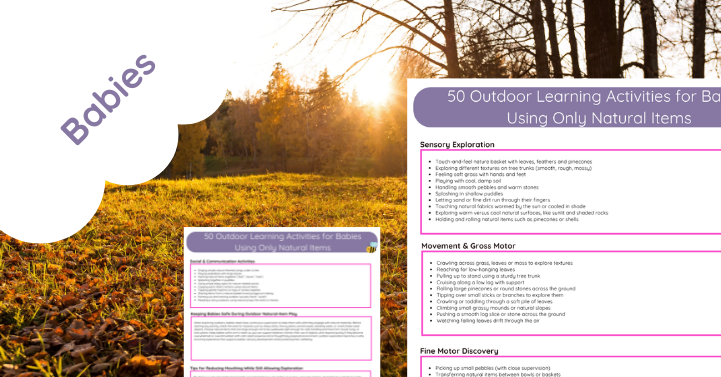
50 Outdoor Learning Activities for Babies Using Only Natural Items
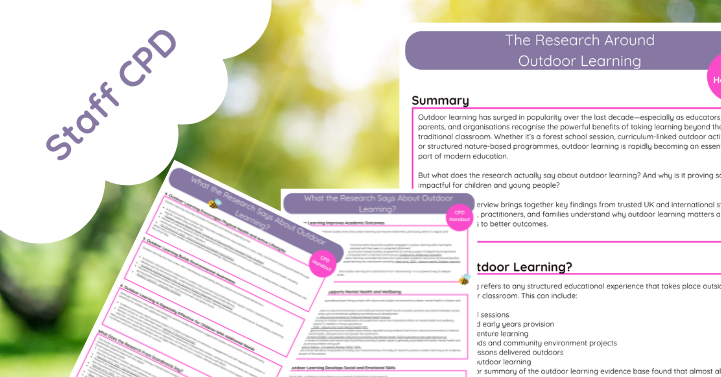
The Research Around Outdoor Learning (CPD Handout)

CPD Handout: What Scandinavian Countries Do to Support SEND Children

Forest School Story-Linked Lesson Ideas
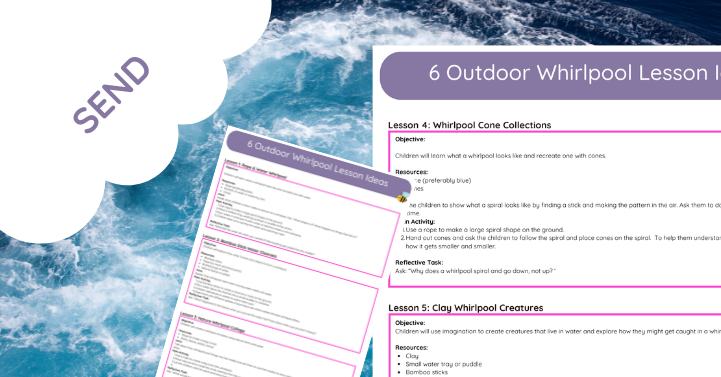
Whirlpool Lesson Ideas – SEND Pack
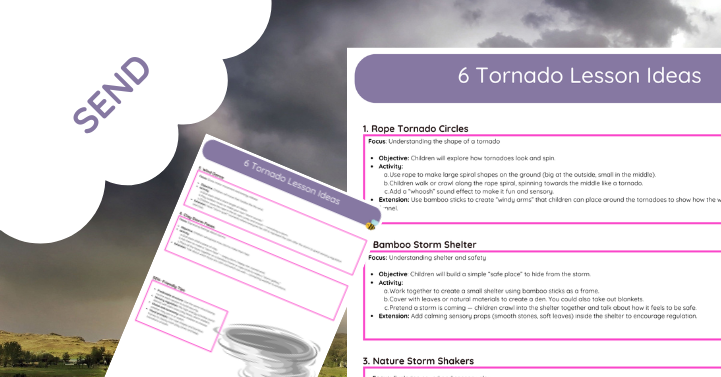
Tornado Lesson Pack for SEND
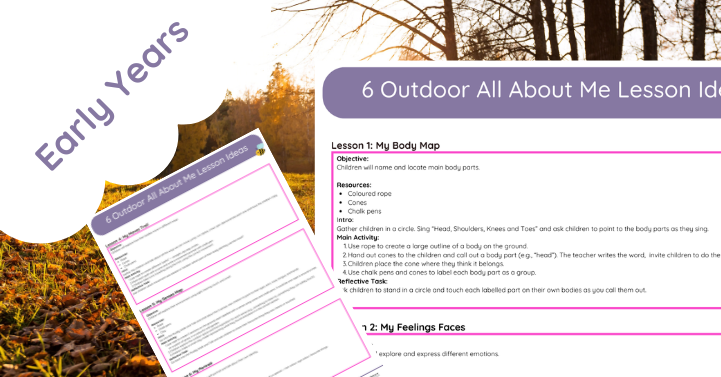
All About Me Lesson Ideas

Lunar New Year Outdoor Arts Pack

Bottle Greenhouse Instructions
